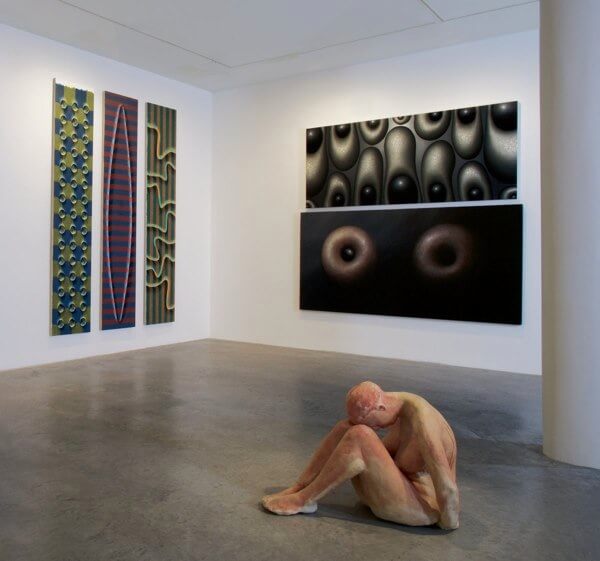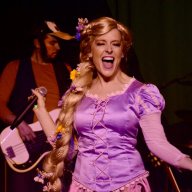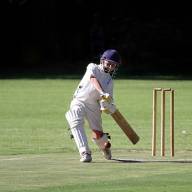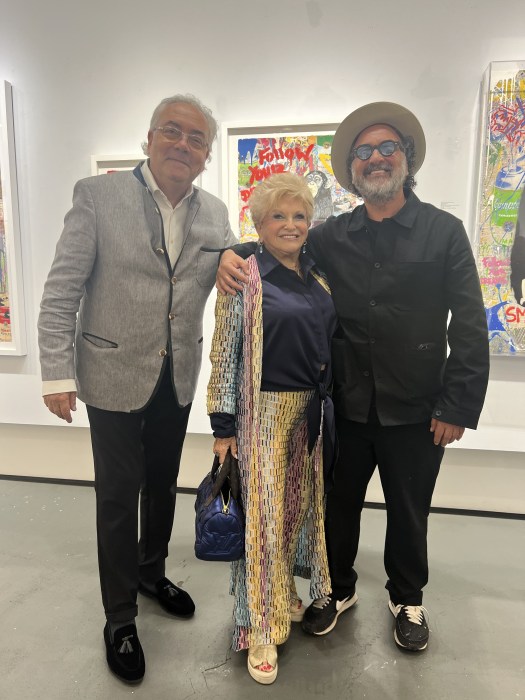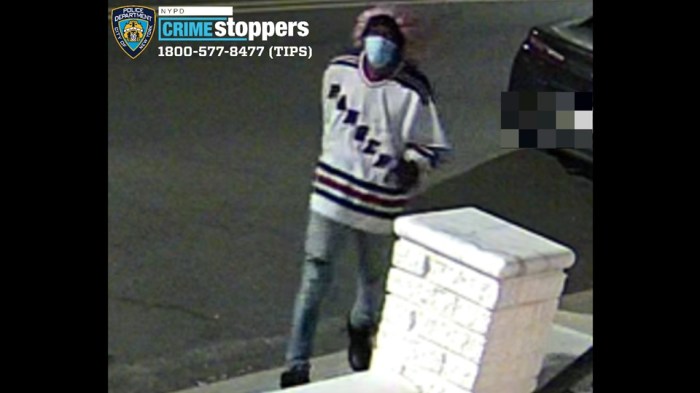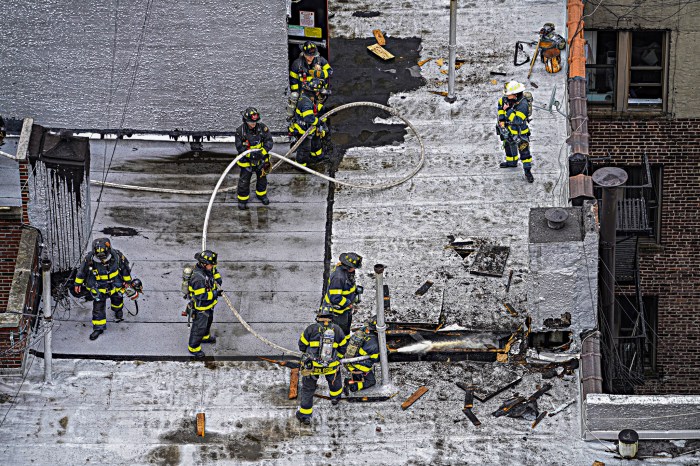By Steve Barnes
Tucked away on a side street in Long Island City, just steps away from the 39th Avenue stop on the Q and N trains, is a unique museum that both explores the development of some of contemporary art’s major figures and encapsulates the vision of its founder, Emily Fisher Landau.
Converted from a parachute factory into a clean, elegant art-viewing space by British architect Max Gordon, The Fisher Landau Center for Art, at 38-27 30th St., has been open to the public since 2004 and in that time has presented a wide variety of exhibitions that take advantage of Landau’s 1500-work collection.
The latest of those exhibitions, “Intuitive Progression,” opened Aug. 18 and will be on view until Nov. 28. Comprised of 75 works from 20 artists, the show includes such figures as Agnes Martin, Edward Ruscha, Susan Rothenberg and Jasper Johns. With such a stellar cast of characters, it is a pleasant surprise to find that the exhibit containing their works tells such a clear and compelling story.
Starting with the building blocks of artistic imagery, “Intuitive Progressions” illustrates how nothing is simple when it is put into the hands of a real artist. That notion can be clearly seen in one of the works at the entrance to the show, Canadian artist Joseph Amar’s “Lillian, Miriam, Hannah, Anne, Farah.” A line of five 30-inch-square paintings in progressively darkening shades of greenish tan, the piece has an unexpected sense of movement and energy. According to Nicholas Arbatsky, the center’s director as well as the curator of this show, the artist says the paintings should be considered portraits. The ability of each part of the work to convey a distinct personality and mood justifies that claim.
Many of the artists in the show explore the power of straight lines, grids, basic shapes and written language. But each of them takes those elements and turns them into highly personal individual statements.
A lot of those statements have a light-hearted, engaging side. Richard Artschwager’s formica-on-wood sculptures of books have a cartoonish buoyancy that is matched by Donald Baechler’s “Arithmetic,” an image of a human head built from numbers. By making the word “diptych” the subject of a painting that is on one wood panel, Ricci Albenda delivers a sly joke while also encouraging us to question the truth and meaning of language.
Other works take the motifs that are at the center of the show and turn them to darker, more serious ends. Susan Rothenberg’s “Double Bones” is an otherworldly image that looks as if it’s an animal skeleton, and Kiki Smith’s sculpture “The Sitter” brings issues of violence against women powerfully to the foreground.
But perhaps most interesting in this exhibit is the way it shows artists changing and progressing. One example is found in the other two Rothenberg paintings on display. Done 11 years after “Double Bones,” “Mezzo Fist #1” and “Mezzo Fist #2” use the same colors and ghostly style of the earlier painting, but achieve their effect in a more muted way. Another is Terry Winters, whose densely patterned circular shapes start with the nearly monochromatic “Unititled” from 1983 and transform into the psychedelic shade of 2011’s “Tessellation Figures.”
Arbatsky says that the idea of looking at an artist’s career as a work in progress was very important to Landau as she was putting her collection together. “Mrs. Landau was interested in how an artist’s work progresses over time,” he said. “Often, she would buy a work from an artist early in his or her career, and then purchase later works.” In addition to the artists on display in “Intuitive Progression,” her collection includes work by Richard Prince, Jenny Holzer and Cy Twombly, all of whose works have graced the walls of the center.
But Landau’s scope as a collector goes beyond the building in Long Island City that bears her name. In May 2010, she made a pledge of 417 artworks by nearly 100 artists to the Whitney Museum of American Art, ensuring that her vision and the artists she champions will reach an even wider audience.
The mission of expanding and connecting with a wider audience is a big part of the center’s focus as well. Dean MacGregor, the Fisher Landau’s outreach coordinator, will be leading tours of the exhibit, and is expecting a broad range of community residents—particularly students—to take advantage of them. Tours can be scheduled by calling (718) 937-0727 or by emailing dean@
“Intuitive Progression” is not the only reason to visit the center, either. Up through Nov. 28 is Timothy Greenfield-Sanders’ “The Women List.” Showing on the center’s ground floor, its 50 portraits of accomplished women include actresses (Bette Davis, Kim Cattrall, Isabella Rossellini) and Supreme Court justices (Sonia Sotomayor and Ruth Bader Ginsburg) as well as writers, artists and athletes. Plus, the PBS film in which 15 of those women tell their stories is also on view.
And another ambitious show is opening on Thursday. “Language as Representation” focuses on artists who make words the visual focus of their art. With such heavy hitters as Richard Prince, Edward Ruscha, Barbara Kruger and John Baldessari, it is just one more example of the center’s impressive holdings and the incisive skill with which those holdings are used to teach audiences about the history of art from 1960 through the present.
The Fisher Landau Center for Art is open from Thursday through Monday from 12 pm to 5 pm.

